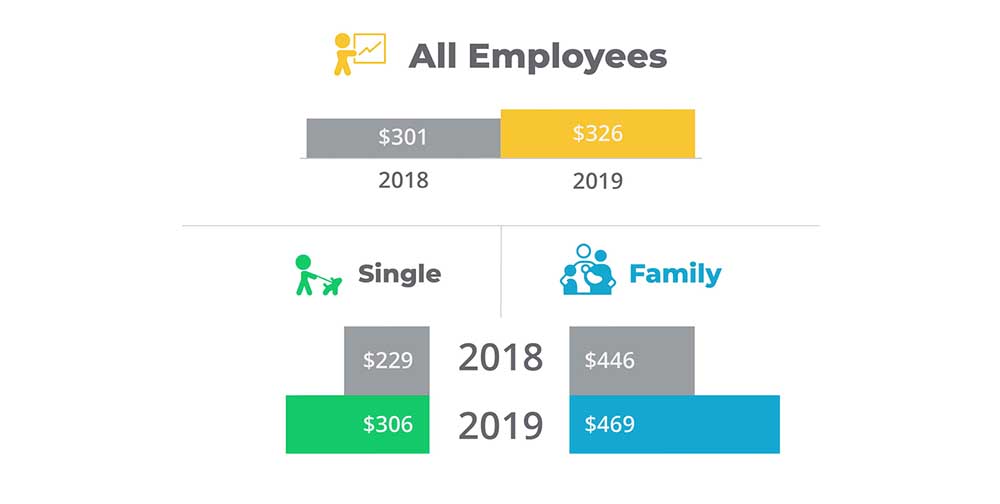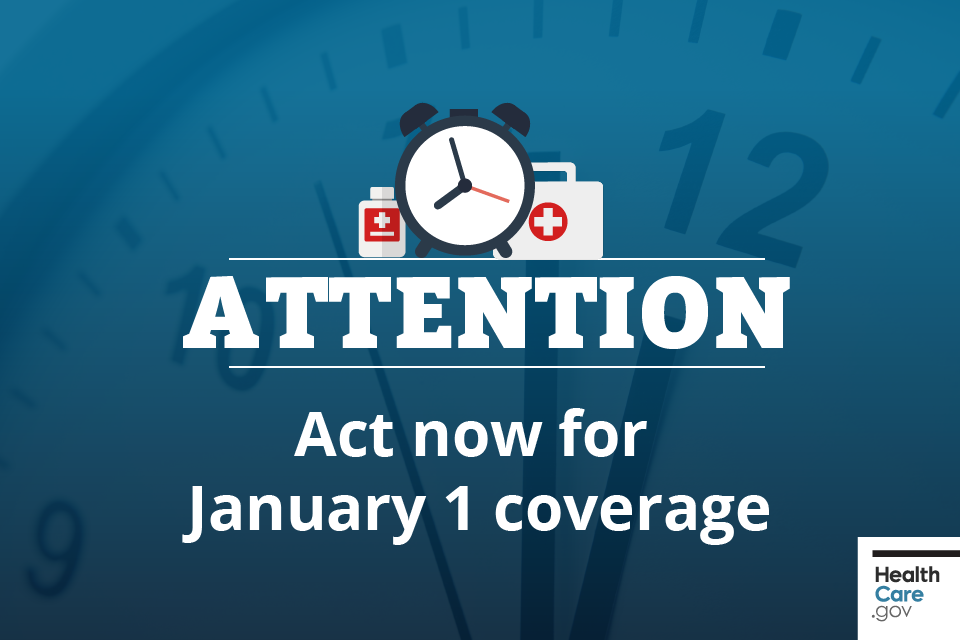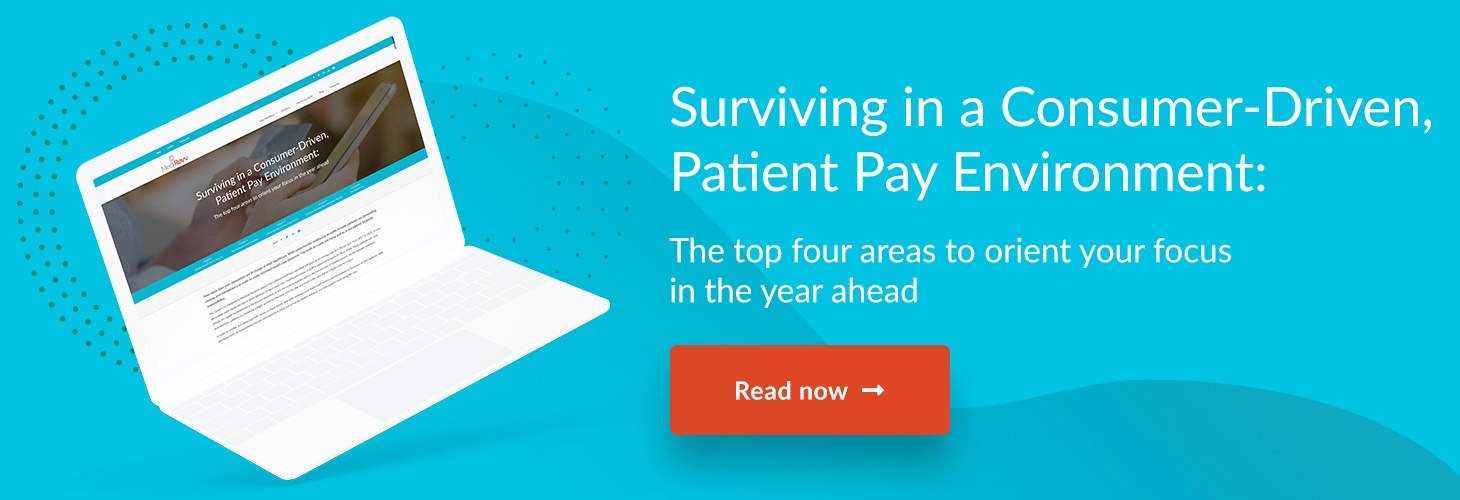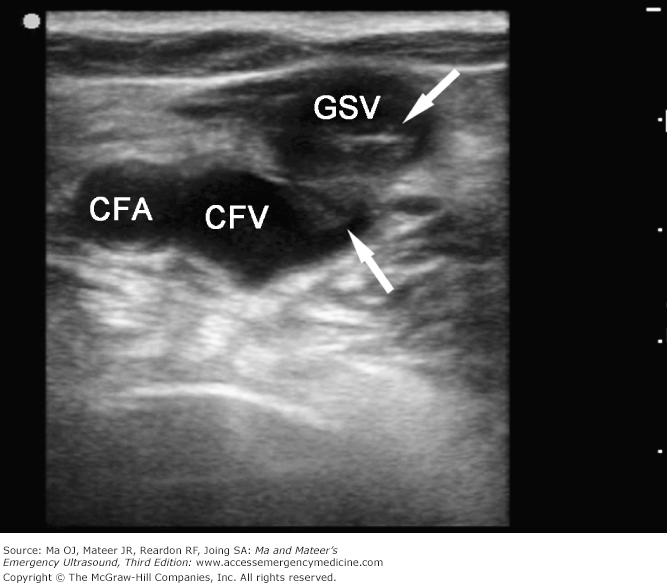Billing of chemotherapy:
There are three most common modalities of cancer treatment such as Chemotherapy (antineoplastics), Radiation (Radiotherapy) and Surgery.
We will discuss billing of Chemotherapy (Antineoplastics)
AMA’s Current Procedural Terminology (CPT) provides three categories of chemotherapy administration and non-chemotherapy injections and infusions like;
1. Hydration
2. Therapeutic(healing)/Prophylactic (preventative) and diagnostic Injections and infusion (excluding chemotherapy)
3. Chemotherapy administration
Chemotherapy administration codes apply to parenteral administration of non-radionuclide anti-neoplastic drugs. And it can also apply to anti-neoplastic agents provided for treatment of non-cancer diagnoses like “cyclophosphamide for auto-immune conditions”.Or to substances such as some specific monoclonal antibody agents, and certain biologic response modifiers.
Hierarchy of administration:
Keep in mind these two facts;
• Infusions are primary to pushes.
• Pushes are primary to injections.
Facilities should follow the administration and initial code hierarchies. And should supersede parenthetical instructions for add-on codes that suggest an add-on of a higher hierarchical position may be reported in conjunction with a base code of a lower position. For example, the hierarchy will not allow reporting CPT 96374 with 96360, as 96374 is a higher order code; the IV push is primary to hydration.
What is Push?
For chemotherapy administration and Therapeutic/Prophylactic/Diagnostic infusions and injections a push is defined as;
• Injection in which the healthcare professional is continuously present to administer the substance/drug and observe the patient
• Infusion of 15 minutes or less
Here we go for understanding the billing hierarchy in full length;
Billing initial code:
When administering multiple infusions, injections or combinations, only one “initial” service code should be reported, unless protocol requires that two separate IV sites must be used. The initial code is the code that best describes the key or primary reason for the encounter and should always be reported irrespective of the order in which the infusions or injections occur. If an injection or infusion is of a subsequent or concurrent nature, even if it is the first such service within that group of services, then a subsequent or concurrent code should be reported. For example, the first IV push given subsequent to an initial one-hour infusion is reported using a subsequent IV push code.
Sequential Injection or Infusion:
CPTs 96366, 96367, 96375 should be reported to identify a therapeutic, prophylactic, or diagnostic drug infusion or injection, if administered as secondary, or a subsequent service, in association with CPT 96413 when through the same IV access. All sequential services require that there be a new substance or drug, except that facilities may report a sequential intravenous push of the same drug using CPT 96376.
Same day Evaluation and management (E/M):
If a significant separately identifiable E/M service is performed, the appropriate E/M code should be reported using modifier 25 in addition to the chemotherapy code. For an E/M service provided on the same day, a different diagnosis is not required.
For Chemo infusion table, push table and allergy injections and heparin coding table click here;
Tables
















